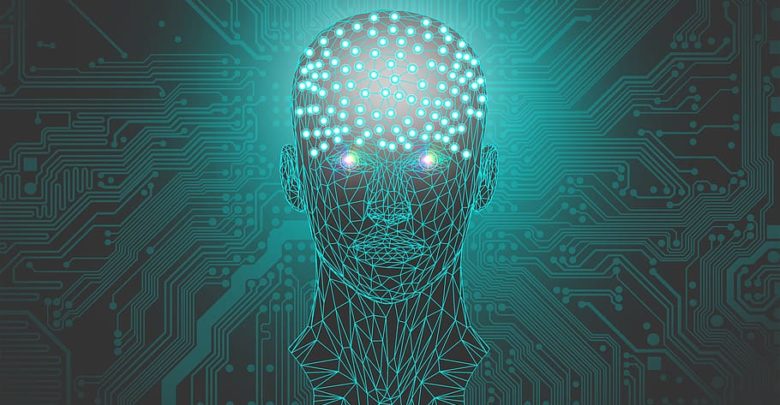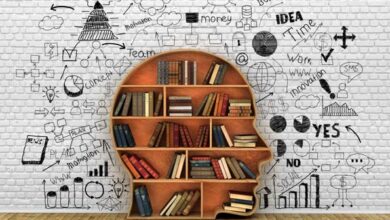Fundamentals of IPIP Corporate Intelligence
Intellectual Property of an AI device: Foreseeing the Crisis

For instance, take the case of Copyright laws across the world. In the U.S., traditional copyright law does not recognize AI-generated works. It only protects the original creations of a human being. In the famous Monkey-Selfie copyright dispute, the U.S. Copyright Office clarified that to fall within the protective shield of Copyright law, a work must be created by Human Being[ii]. This decision gave rise to challenges for the copyrightability of AI-generated works. The United Kingdom law is, however, different. The UK Copyright law provides a provision that stipulates that if a work is computer-generated, then the author is taken to be the person who facilitated the work to be created.[iii] With regards to Indian legal standards, Section 2 (d) of the Copyright Act, 1957, defines “author” “in relation to any literary, dramatic, musical or artistic work which is computer-generated, the person who causes the work to be created.”[iv] Section 17 of the same act, provides for the first author in case of any work. Section 17(c), for instance, lays down that, in case of any work made in-course of the author’s employment under a contract of service or apprenticeship, the employer shall, in the absence of any agreement to the contrary, be the first owner of the copyright therein. However, no specific provision, defining, or interpreting the work done by an AI device, yet exists, and there still remains a lot of confusion and redundancy due to the adoption of the same old provisions with regards to “literary works”, (since computer programs, software, and source codes fall within its domain), and AI inventions are still treated as subsidiaries of computer/literary works, and no differentiation has yet been identified in the current legislation, despite these two fields being quite varied, though related.
The complexity further increases, where AI becomes so advanced and autonomous such that it gains the liberty to make its own decisions. Subsequently, it may become even more complicated to say with certainty by whom the commands for the arrangements necessary for the creation of work undertaken was given. As for now, only the human-authors of creative works may enjoy copyright protection. However, some scholars have advocated the idea of granting copyright to non-human authors. They argue that the realm of word “authorship” should be widened to incorporate both human and non-human authors. The authorship of a work created by AI is still contentious. It is doubtless to say that to kick start any AI-based work, human intervention is necessary but to determine the author/owner in a scenario where AI plays a leading role in completing the work is still under clouds.
Coming to Patents, many questions persist. Whether AI-generated inventions should be given protection under patent law, and if so, who should be considered as the inventor for such AI-created inventions, are some of the most fundamental questions that need to be addressed urgently. Another problem is with regard to setting the yardstick for ascertaining whether an AI-generated invention is non-obvious. Determining the non-obviousness of an AI created invention is a practice full of uncertainty and complexity particularly for superintelligent AI that is capable of improving itself. Further indeterminacy in patent law relates to the liability of AI in cases where AI is the infringer of patent rights. With the changing landscape of technological developments, most AIs are now capable of infringing on other patent claims. The liability issue raises the question of who should be held accountable for the actions of AI, whether the AI itself or the developer of AI and how the liability of AI will be assessed.
The aforementioned issues are subject to debate, and the need of the hour is to create laws which can stand the test of time, because as we know, AI is the future, and machine learning is what would drive it. One way to start would be to explicitly lay down the liability in the agreements itself, as to who will be responsible for the decisions or the results are given out by the AI devices. Further, the question of punishments and fines with regard to such offenses would always exist. One can wonder, what would be the appropriate punishment for an AI device. Should it be dismantled, or its production should altogether be stopped? Would there be fines, and if yes, who would be liable to pay them?
Questions of morality and equality may also arise. Thus, it’s necessary that all such questions are tackled, and through international organizations like WIPO (World Intellectual Property Organization) are working on the same, individual countries should also treat the said issue, as the need of the hour, and opt for defining laws with regards to AI and Intellectual Property.
[i] Hawking, S. (2019). Brief answers to the big questions. London: John Murray.
[ii] Naruto v Slater (PETA) 15-cv-4324.
[iii] Copyright Designs and Patents Act 1988 (CDPA 1988) s 9(3).
[iv] Copyright Act 1957 s 2(d) (iv).
Further References:
· (n.d.). Retrieved from: https://www.wipo.int/wipo_magazine/en/2018/05/article_0001.html.
· (n.d.). Retrieved from: https://www.wipo.int/wipo_magazine/en/2019/01/article_0001.html.
· Artificial intelligence and intellectual property considerations. (n.d.). Retrieved from https://www.financierworldwide.com/artificial-intelligence-and-intellectual-property-considerations
· Hawking, S. (2019). Brief answers to the big questions. London: John Murray.
· Singhania, P. &. (2019, September 17). REDEFINE INTELLECTUAL PROPERTY WITH ARTIFICIAL INTELLIGENCE. Retrieved from: https://singhania.in/artificial-intelligence-and-intellectual-property-laws-monkey-selfie-copyright-dispute-a-machine-be-an-author-or-an-inventor-innovations-generated-by-ai/.
· The Impact of Intellectual Property on Artificial Intelligence. (n.d.). Retrieved from: https://www.engage.hoganlovells.com/knowledgeservices/viewContent.action





